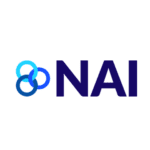What is Customer Lifetime Value (CLV)?
Customer acquisition is just the first step in building a successful enterprise.
To truly thrive, businesses must focus on maximizing the value of each customer over their lifetime. This is where maximizing Customer Lifetime Value (CLV) comes into play. CLV is a crucial metric that helps businesses understand the long-term worth of their customers and make informed decisions to optimize customer relationships and drive sustainable growth. In this blog post, we will explore the concept of CLV, its importance, and strategies to maximize customer value in relation to your overall Return on Investment (ROI).
Defining Customer Lifetime Value (CLV)
Customer Lifetime Value (CLV) is a metric that calculates the total estimated value a customer brings to a business throughout their entire relationship. It considers the revenue generated from a customer’s purchases, the frequency of their purchases, and the duration of their relationship with the company. In fact, maximized CLV provides businesses with insights into the profitability and potential growth that can be derived from each customer.
Importance of CLV
Understanding CLV, and maximizing it, is essential for several reasons.
Strategic Decision Making
CLV helps businesses make strategic decisions regarding customer acquisition, retention, and resource allocation. By identifying high-value customers, businesses can prioritize their marketing efforts, tailor their offerings, and allocate resources effectively.
Resource Optimization
CLV allows businesses to allocate their marketing and operational resources efficiently. By focusing on high CLV customers, companies can maximize their return on investment and reduce wasteful spending on low-value customers.
Customer Segmentation
CLV enables businesses to segment their customer base into different tiers based on value. This segmentation helps in designing personalized marketing campaigns, loyalty programs, and retention strategies that cater to the specific needs and preferences of each customer segment.
Revenue Growth
Maximizing CLV leads to increased revenue growth. By nurturing long-term customer relationships and generating repeat business, businesses can boost their sales and profitability. Satisfied customers are also more likely to refer others, leading to new customer acquisitions and organic growth.
Strategies to Maximize Customer Value
Then there’s the aspect of execution.
Focus on Customer Experience
Providing exceptional customer experience at every touchpoint is crucial for maximizing CLV. From the initial interaction to post-purchase support, businesses should strive to exceed customer expectations. This includes personalized communication, timely response to queries, and proactive problem-solving.
Nurture Customer Loyalty
Building customer loyalty is a key driver of CLV. Implementing loyalty programs, offering exclusive benefits, and engaging customers through personalized rewards and incentives can foster long-term loyalty. By keeping customers engaged and satisfied, businesses increase the likelihood of repeat purchases and extended customer lifetimes.
Upselling and Cross-selling
Identifying upsell and cross-sell opportunities within the customer journey can significantly impact CLV. By recommending complementary products or premium versions of existing products, businesses can increase the average order value and maximize customer value over time.
Retention Strategies
Retaining existing customers is more cost-effective than acquiring new ones. Implementing retention strategies such as targeted email campaigns, customer feedback loops, and personalized offers can reduce churn rates and extend customer lifetimes.
Customer Segmentation and Personalization
Tailoring marketing messages, offers, and recommendations based on customer segments allows businesses to deliver personalized experiences. By understanding customer preferences, needs, and purchasing patterns, businesses can create relevant and targeted campaigns that resonate with specific customer segments, leading to increased CLV.
Continuous Engagement
Maintaining regular communication with customers through various channels like email marketing, social media, and personalized content keeps the brand top of mind and strengthens the customer relationship. Engaging customers with relevant and valuable content builds trust, increases customer loyalty, and maximizes CLV.




